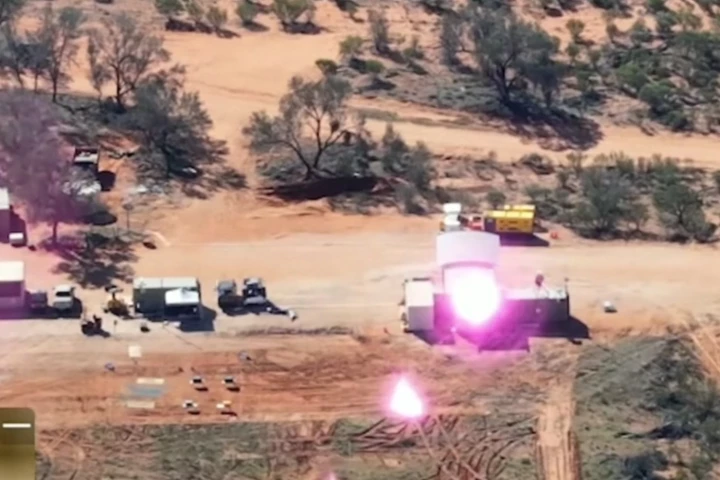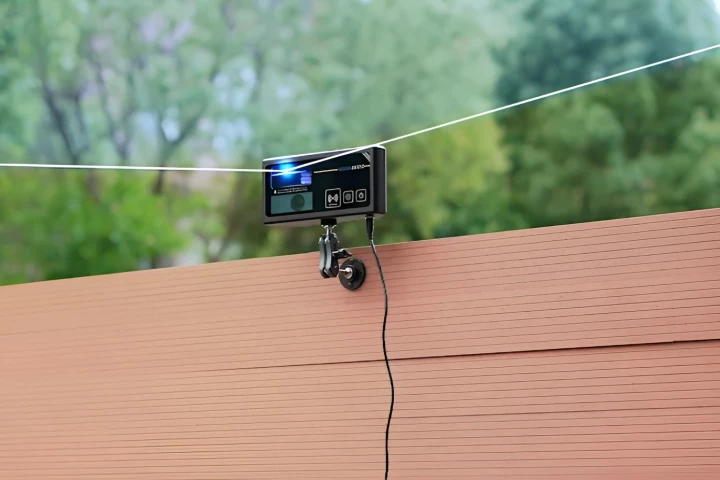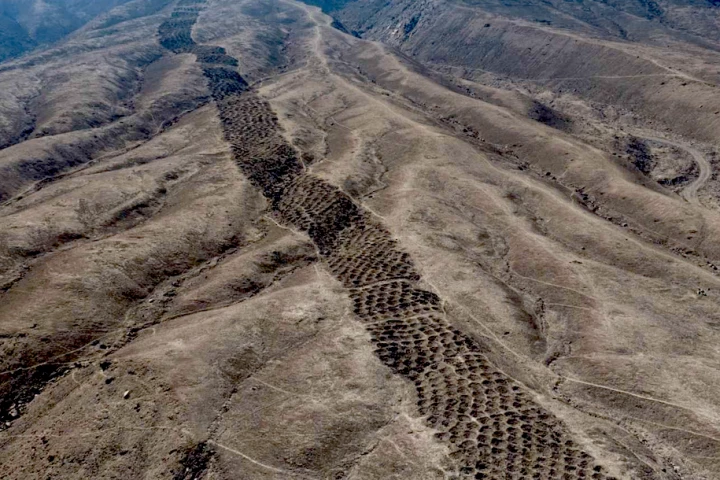The British Army has successfully tested a Radiofrequency Directed Energy Weapon (RF DEW) that took out multiple swarms of drones simultaneously and near instantaneously using high-frequency radio waves at a cost of 10p (US$0.13) per shot.
Drones are becoming a major factor in modern warfare as well as a growing potential hazard to civilian air traffic. In 2024 alone, Russia launched 18,000 drone attacks against Ukraine and the Bard College's Center for the Study of the Drone claims that there were 241 near collisions between drones and civilian aircraft last year in the US alone.
The problem with drones is that many variants are very small and cheap and can be launched in swarms that could potentially overwhelm or evade conventional air defense systems. One approach to countering these swarms is to use directed energy weapons to attack all the intruders at once instead of one at a time.
Developed as part of Project Ealing, the £40-million (US$53-million) RF DEW can engage multiple drones at a range of up to one kilometer (0.62 miles). Unlike other systems, it doesn't jam the drone's control signals. Instead, it counters the threat by firing a blast of electromagnetic radiation that scrambles or fries the drone's delicate electronics and sensors, neutralizing it almost instantly. By doing so, it can act as a significant layer in defending military installations and civilian airports from drone threats.
In addition, the system is highly automated and requires only one person to operate it from a wide variety of platforms, including trucks and armored vehicles.
It was built by a consortium of the British Ministry of Defence's Defence Science and Technology Laboratory (Dstl), Defence Equipment & Support (DE&S), and industry partners including Thales UK, QinetiQ, Teledyne e2v, and Horiba Mira under the umbrella name of Team HERSA. During the latest tests in West Wales, the RF DEW took out two drone swarms at once, taking out 100 drones in the course of the trials.
"RF DEW is an exciting concept," said Sergeant Mayers, a Senior Remotely-Piloted Air Systems Operator from 106 Regiment Royal Artillery. "We found the demonstrator quick to learn and easy to use. With improvements on range and power, which could come with further development, this would be a great asset to Layered Air Defence."
Source: Ministry of Defence





